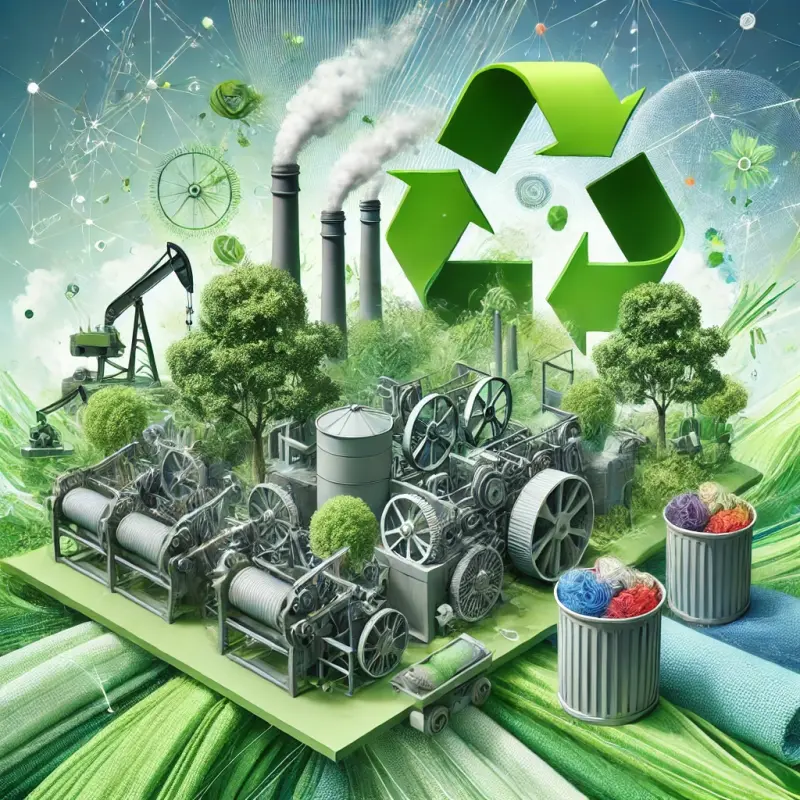The textile industry, long critiqued for its substantial environmental footprint, is now at the forefront of adopting sustainable practices that could potentially reshape its future. Among the most promising developments is the integration of eco-friendly solutions for waste management. These innovations are not only mitigating the adverse environmental impacts but are also paving the way for a more sustainable fashion landscape.
The Imperative for Sustainable Practices in Textile Production
Textile production is one of the largest contributors to environmental degradation worldwide, making the need for sustainable manufacturing processes more crucial than ever. The industry is notorious for consuming vast amounts of water and energy and generating significant waste. It's estimated that millions of tons of textile waste are produced each year, much of which ends up in landfills or incinerators. However, with the rising awareness of environmental issues and consumer demand for greener products, the textile industry is compelled to reconsider its operational models.
Eco-Friendly Techniques in Textile Recycling
The cornerstone of these eco-initiatives is the advancement in textile recycling techniques. Traditional methods often involve mechanically breaking down fabrics, but these can be harsh on fibers and limit the quality of the recycled material. Newer technologies, such as chemical recycling, offer a more promising alternative. This method involves breaking down polyester and other synthetic fibers into their basic chemical components, which can then be reused to produce new fibers of virgin quality. This not only reduces waste but also significantly cuts down on the reliance on petroleum as a raw material.
Chemical recycling is complemented by innovations in biotechnological processes, where enzymes are used to dissolve cotton and other natural fibers into a pulp that can be spun into new yarns. These processes are designed to minimize energy usage and chemical inputs, making them an environmentally favorable option.
Integrating Circular Economy Principles
Another transformative approach being adopted is the circular economy model, which emphasizes keeping resources in use for as long as possible. For the textile industry, this means designing products with their end-of-life in mind. Manufacturers are increasingly turning to materials that are easier to recycle, designing garments that can be easily disassembled for recycling, and implementing take-back programs to ensure clothes are returned for reuse or recycling instead of ending up in landfills.
Challenges and Opportunities Ahead
While the shift towards sustainable practices offers numerous environmental benefits, it also presents several challenges. One of the main hurdles is the economic aspect; recycling processes can be costly, and the technology for high-quality recycling is still developing. There is also a need for global standards and regulations to ensure that recycled materials meet quality and safety standards, which are critical for consumer acceptance and market growth.
Despite these challenges, the opportunities for growth and innovation in textile recycling are immense. By reducing the reliance on virgin materials, the industry can decrease its environmental impact significantly. Additionally, embracing eco-friendly practices can help brands meet the increasing consumer demand for sustainable products, thus opening up new markets and potential revenue streams.
This move towards sustainable and eco-friendly practices in textile waste management is not just a trend but a necessary shift towards a more responsible and environmentally conscious industry model. As technology advances and more companies adopt these practices, we can expect to see a significant transformation in how textiles are produced, used, and recycled, leading to a greener future for fashion.
